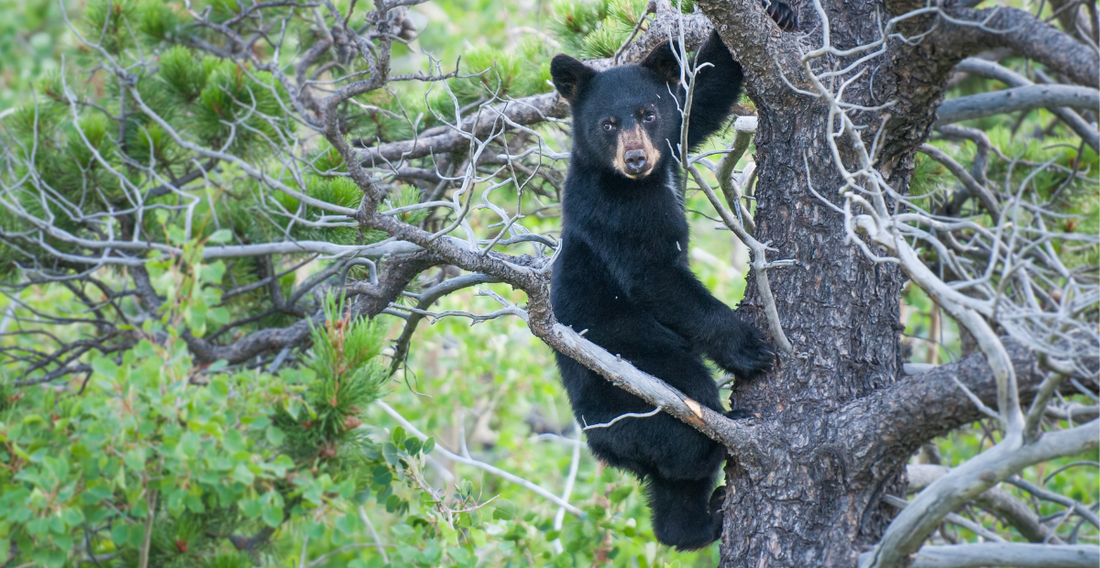

Bears & Snow
Bears & Snow, Bearsville Center Nature Notes, Dave Holden, January 1, 2023
Bears
The Black Bear (Ursus americanus) is New York State’s largest wild mammal and has occupied the southeast Catskills since the glaciers receded. They are true omnivores - eating literally anything - and the region has always provided them with a rich smorgasbord, from acorns to deer. While generally shy creatures who avoid human contact, we all know well that sometimes they cannot resist our foods. I find this interesting because, while, yes, they do like human food, they generally greatly prefer their wild foods, like acorns, Beech- and Hickory-nuts, the different native Blueberries, Huckleberries and Juneberries.
The conflict usually arises during seasonal fluctuations - like this past summer’s drought - that prevent these fruits and nuts from coming to, well - fruition. Generally speaking, the wild fruits help them get through the warmer season and then they eat the nuts (called “mast” by wildlife biologists) to put on much-needed winter fat that nourishes them during their (hopefully) long winter’s nap. Not a true hibernator, only napping deeply and waking during a thaw, they will wake hungry.
Bear (the word can be used when referring to single or multiple animals) have the best sense of smell of any mammal (5 times better than any dog, even a Bloodhound) and absolutely love birdseed, which is like candy to them. So the first thing they might home in on when freshly-awoken is one’s bird-feeder, so please pay attention and consider temporarily bringing your feeder in if the weather warms. While both males (boars) and females (sows) will den up and sleep when the weather stays cold enough, it is generally the boars that are most likely to wake and roam around. The sows will stay in the den and deliver their cubs while asleep, not seeing them ‘til spring-time. I suspect this is behavior that most women would envy.
The Future is in The Snow
Keep in mind that we are surrounded by so much life, even now in this bitter cold, windy time. Our land is like a snow desert, the Lady mantled in white, with seeds frozen in the snow, suspended in frosty layers, waiting to thaw, to spring forth as unfurling bright-green leaves, and becoming plants (getting a little ahead of myself here).
Snow is a great seed-depository. If you look closely you see millions (gazillions?) of tiny seeds from every type of grass, plant and shrub. As each seed absorbs warmth from sunshine, it gradually drops down deeper and deeper in the Subnivian Zone (the scientific term for under the snow). It is theorized this is an adaptation by plants to preserve and promote their seeds, to protect them ‘til the snow melts in springtime. The snow also provides warmth and shelter to populations of small rodents.
One detrimental effect of this - as many growers of fruit-trees well know - is that the small creatures love to gnaw off the delicate bark of shrub and tree, girdling them. This is why people have learned to wrap these saplings preventatively.
I hope you all have a Happy, Healthy, Safe and Warm winter. Thank you, “Ranger” Dave Holden.



